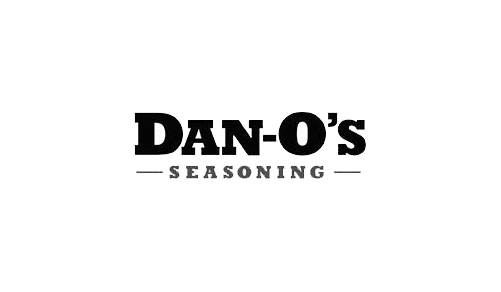Nationwide
+ Video Production & MarketingVirtual , Hybrid , & In-Person Event Production
Creativity and Cutting-Edge Production.
What happens when you put your project in the hands of talented visual thinkers, Anything .
Social Media | Website Videos | Google Ads | YouTube
Product Explainers | Sales Videos | Training
Safety Videos | Legal Training | CRE Credits
Event Highlights | Opening Videos | Awards Shows
TV Commercials | OTT | Advertising Pre-rolls
Audio-Visual | Live Streaming | Stage Design
Event Website & App Development
Agenda & Run of Show Creation
Event Consulting | Producing | Directing
Technical Support | Virtual | Hybrid Solutions
Trusted by brands, networks, corporations,
How can we help?
Marketing
Create TV-style, broadcast-quality video to inspire, inform and convert.
Human Resources
Engage employees and recruit prospective talent with TV-style video.
Product Marketing
Attract, convert and retain customers by showing your products in action.
Events
Host branded, interactive events that feel like an experience.
Communications
Modernize the way you engage with your employees and customers.
Public Relations
Deepen connections with your audience using authentic video.
Operations
Manage enterprise-wide video production with our all-in-one platform.
Virtual & Hybrid
Remotely record, produce and live stream broadcast-quality video at scale.
Learning & Enablement
Accelerate learning and productivity through attention-grabbing video.
What’s your goal?
Marketing
Create TV-style, broadcast-quality video to inspire, inform and convert.
Events
Host branded, interactive events that feel like an experience.
Operations
Manage enterprise-wide video production with our all-in-one platform.
What’s your goal?
Human Resources
Engage employees and recruit prospective talent with TV-style video.
Communications
Modernize the way you engage with your employees and customers.
Video Production
Remotely record, produce and live stream broadcast-quality video at scale.
What’s your goal?
Product Marketing
Attract, convert and retain customers by showing your products in action.
Public Relations
Deepen connections with your audience using authentic video.
Learning & Enablement
Accelerate learning and productivity through attention-grabbing video.
Follow Us
What Our Clients Are Saying
“Video allows us to tell those stories in more succinct ways and bring people into our world faster.”
Dayna Neumann
“Vidionix knows our brand, they care about our brand.”
Lauren Pedley
Newsroom
When it comes to finding reliable, high-quality video production services, many people turn to Google with a simple search: “Video
In 2024, technological advancements are revealed so frequently that they almost seem routine, even for tech enthusiasts like yours truly.
Nvidia’s AI video technology, specifically the Eye Contact feature in Nvidia Broadcast, has revolutionized our video production at Vidionix. By















